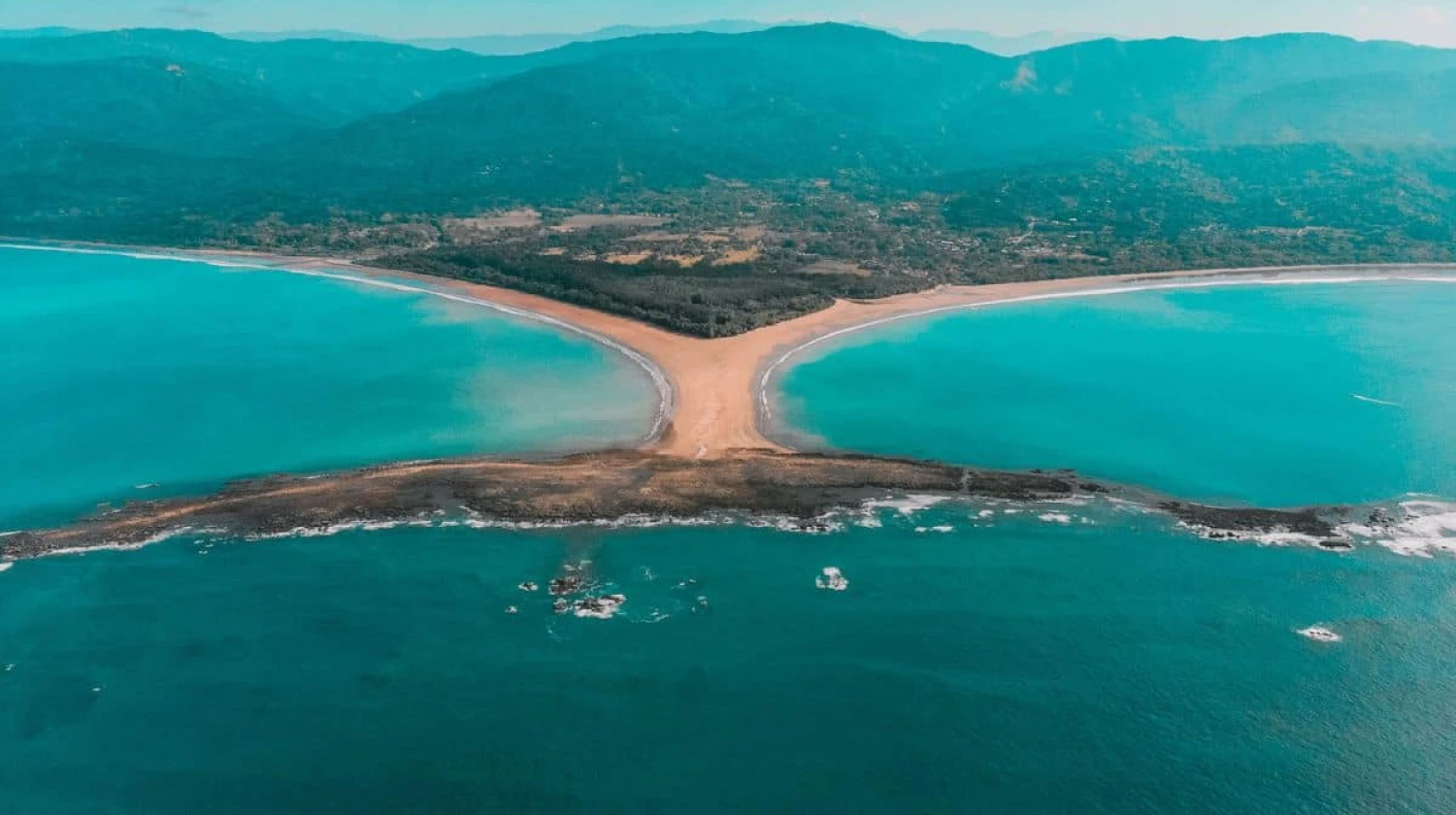
Nestled in the heart of Uvita, Costa Rica, Marino Ballena National Park is a testament to the country’s natural beauty and commitment to sustainable tourism. Famous for its iconic “Whale’s Tail” formation at low tide, this coastal paradise boasts diverse ecosystems—from vibrant marine life and nesting sea turtles to lush tropical forests—inviting visitors to explore, learn, and experience nature at its finest.
Marino Ballena National Park is one of Costa Rica’s most beloved natural treasures, renowned for its unique geological formations, vibrant marine life, and commitment to conservation. Located along the southern Pacific coast near the town of Uvita, the park offers a mesmerizing blend of land and sea that draws visitors from around the world. This article explores the park’s natural wonders, cultural significance, and the ongoing efforts to preserve its pristine environment.

A Unique Natural Landscape
One of the most striking features of Marino Ballena National Park is its famous “Whale’s Tail” formation. At low tide, the sandy beach reveals an imprint that resembles the fluke of a whale, a natural artwork carved by the rhythms of the ocean. This iconic shape not only makes for a picturesque setting but also symbolizes the deep connection between the region’s geological history and its marine environment.
Beyond the Whale’s Tail, the park encompasses diverse ecosystems ranging from coastal beaches and tidal pools to tropical forests and coral reefs. These varied landscapes provide habitats for a multitude of species, creating a rich tapestry of biodiversity that is characteristic of Costa Rica’s commitment to environmental conservation.

Rich Biodiversity and Marine Life
Marino Ballena National Park is a haven for marine life and offers excellent opportunities for wildlife observation. The park’s waters serve as critical breeding and feeding grounds for numerous species, including sea turtles, which come ashore to nest on its secluded beaches. Humpback whales are another major attraction, as they migrate through these waters annually, offering visitors the rare chance to witness their majestic acrobatics up close.
The park’s coral reefs and seagrass beds support a diverse array of fish, crustaceans, and other marine organisms, making it a popular destination for snorkeling and scuba diving enthusiasts. Birdwatchers also find the park appealing, as its coastal forests and wetlands are home to a variety of migratory and resident bird species.

Eco-Tourism and Sustainable Practices
Tourism at Marino Ballena National Park is characterized by an eco-friendly approach that aims to balance visitor enjoyment with environmental preservation. Local authorities and conservation organizations have implemented a range of sustainable practices to ensure that the natural beauty and ecological integrity of the park remain intact for future generations.
Visitors are encouraged to follow designated paths, respect wildlife habitats, and participate in guided tours that emphasize education and conservation awareness. Eco-lodges and locally owned tour companies often collaborate with park management to promote responsible travel practices, making the park a model for sustainable tourism initiatives in the region.

Cultural and Economic Significance
Marino Ballena National Park is not only an environmental gem but also an economic and cultural asset to the local community. The influx of tourists, drawn by the park’s unique landscapes and recreational opportunities, has helped spur sustainable economic development in Uvita and surrounding areas. Local businesses, including restaurants, craft shops, and eco-tourism operators, benefit from the park’s popularity, fostering a symbiotic relationship between nature conservation and community prosperity.
The park also holds cultural significance, symbolizing Costa Rica’s broader commitment to protecting its natural heritage. It serves as an outdoor classroom where locals and visitors alike learn about the importance of biodiversity, conservation, and sustainable living.
Challenges and Future Conservation Efforts
Despite its many successes, Marino Ballena National Park faces ongoing challenges. Increased tourism, climate change, and human encroachment are among the factors that threaten its delicate ecosystems. In response, park authorities, local communities, and environmental organizations continue to work collaboratively on conservation initiatives. These efforts include habitat restoration projects, stricter regulations on visitor activities, and educational programs aimed at promoting environmental stewardship.
Conclusion
Marino Ballena National Park stands as a testament to Costa Rica’s natural splendor and its dedication to preserving the environment. With its breathtaking landscapes, diverse ecosystems, and commitment to sustainable tourism, the park offers both locals and visitors a glimpse into the harmonious coexistence of nature and human activity. As conservation efforts continue to evolve, Marino Ballena remains a beacon of hope and a vibrant reminder of the importance of protecting our planet’s irreplaceable natural treasures.